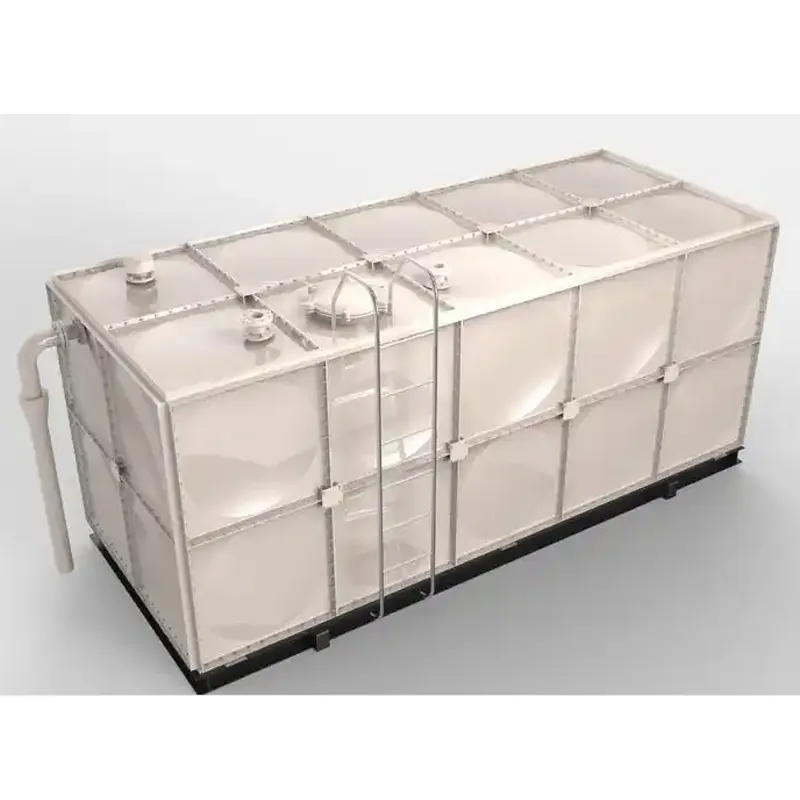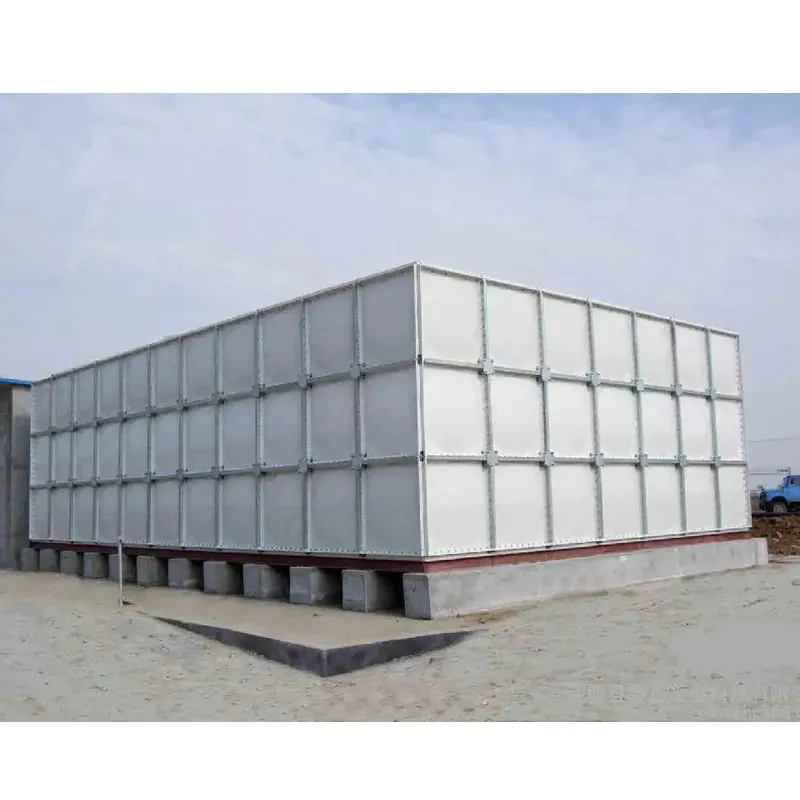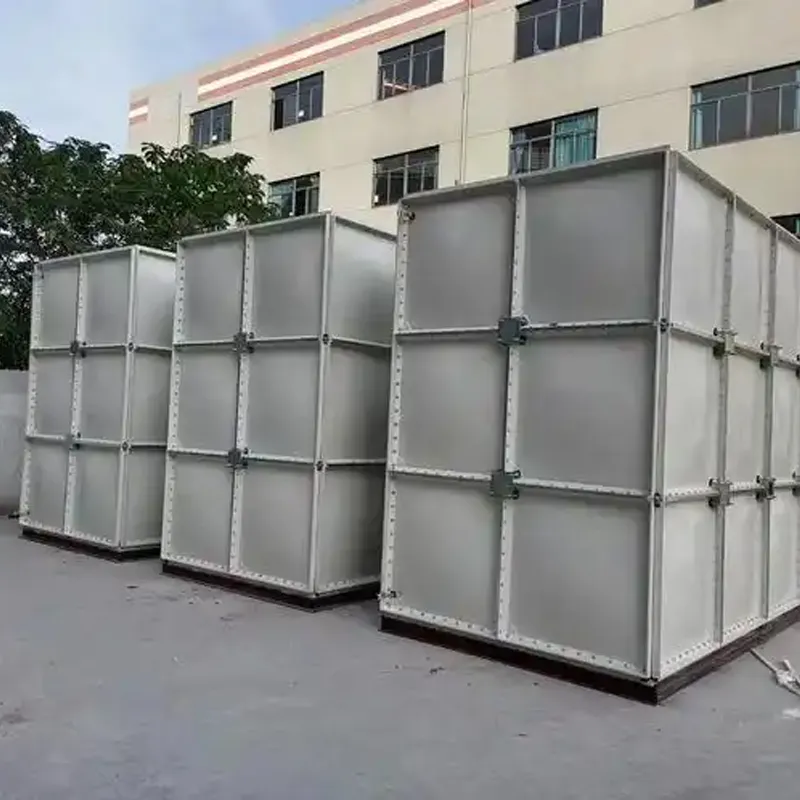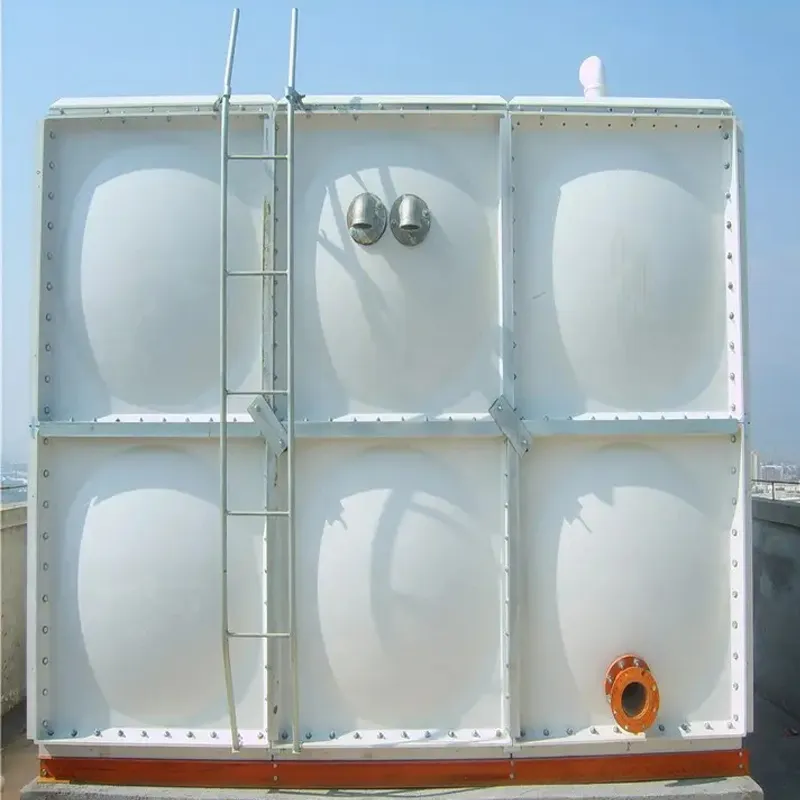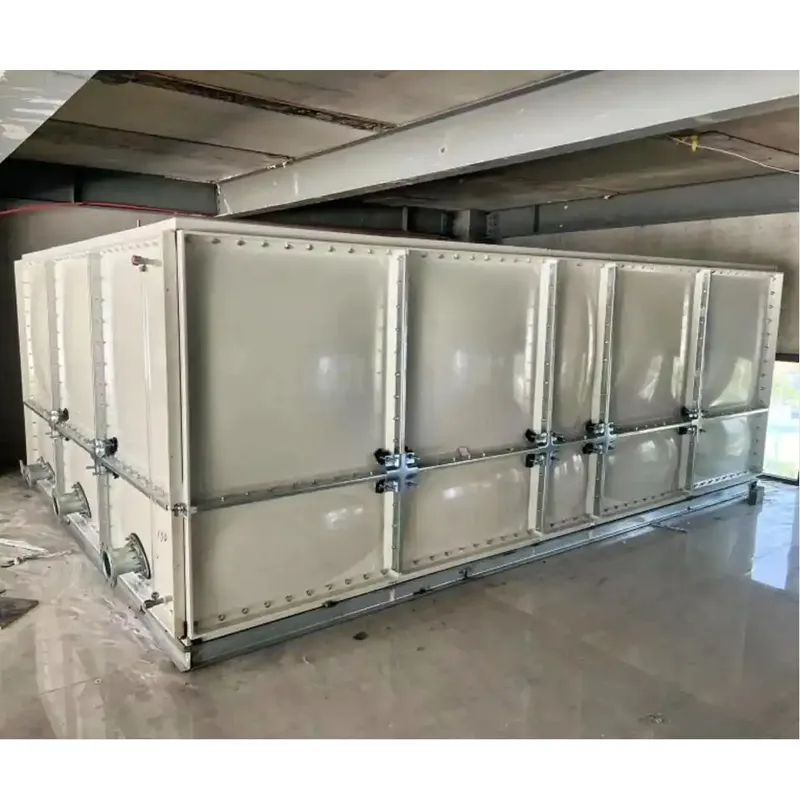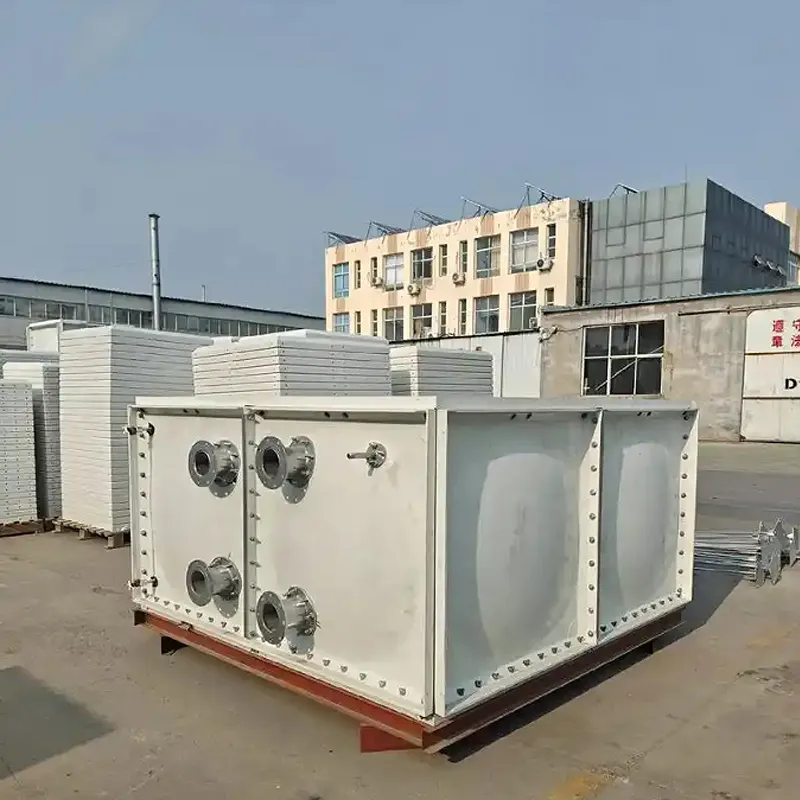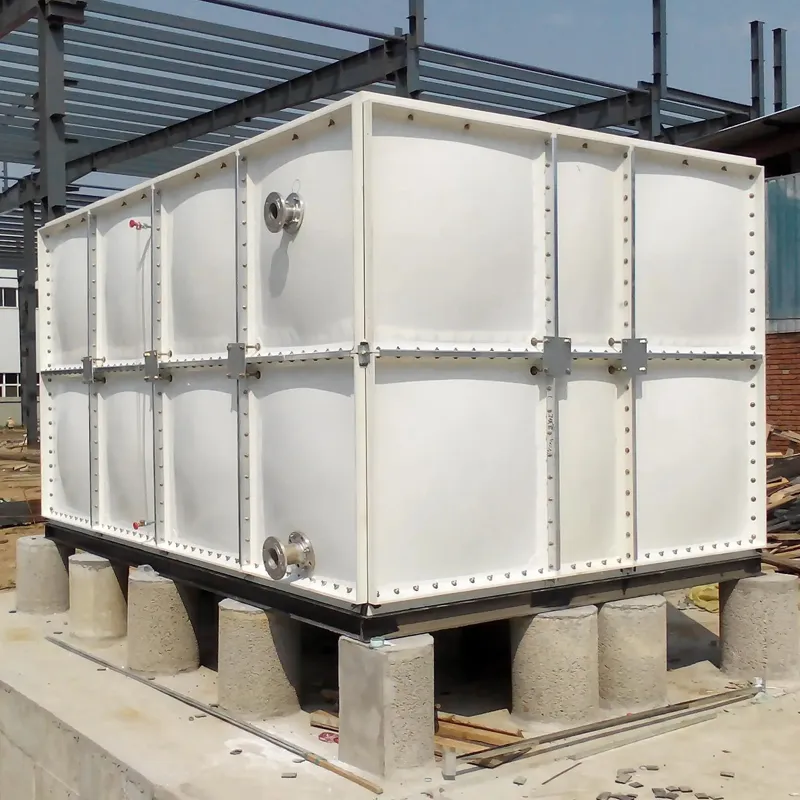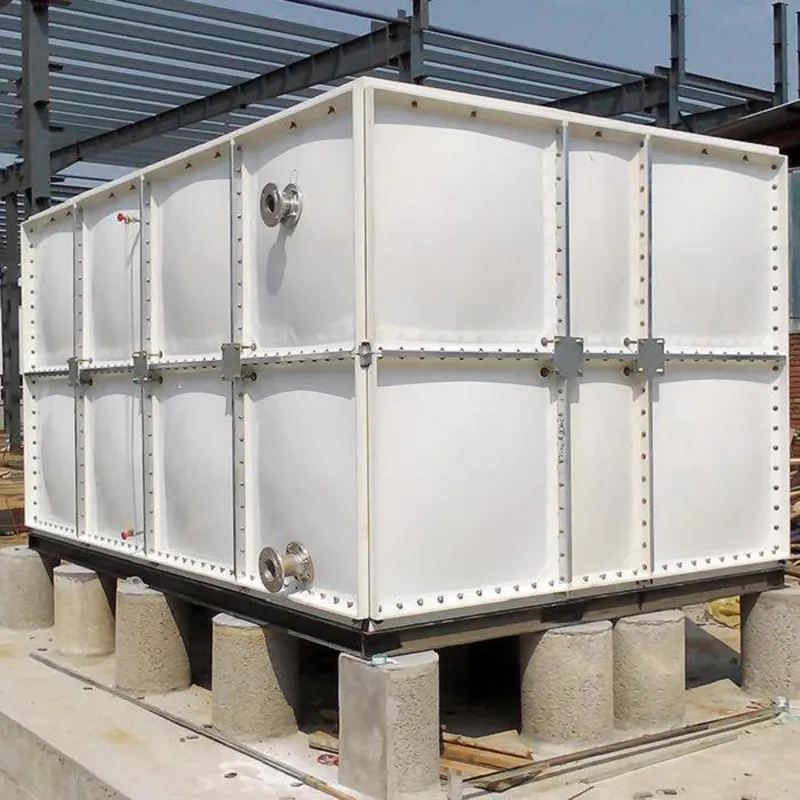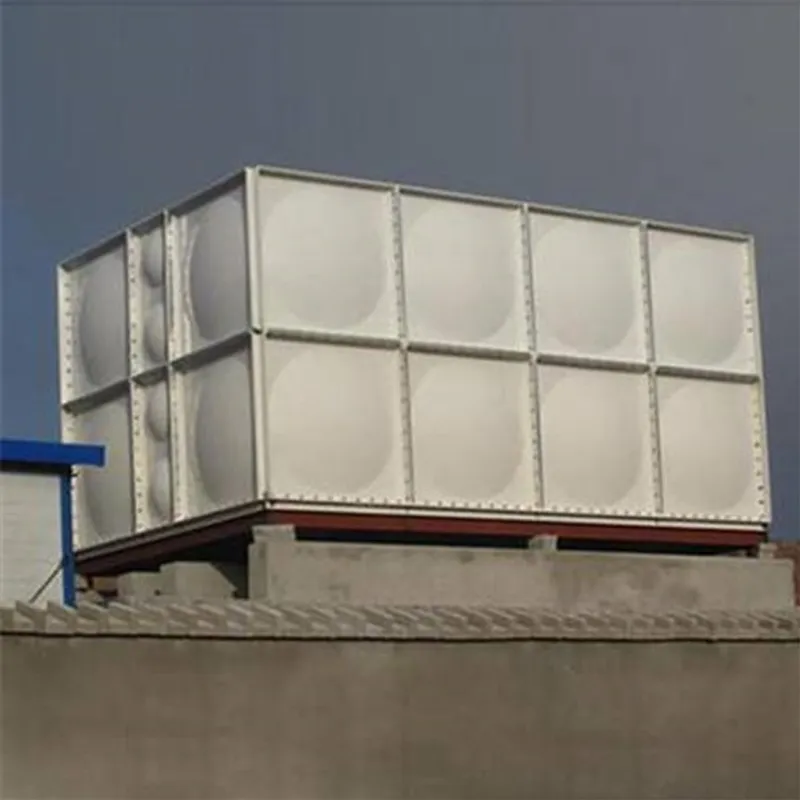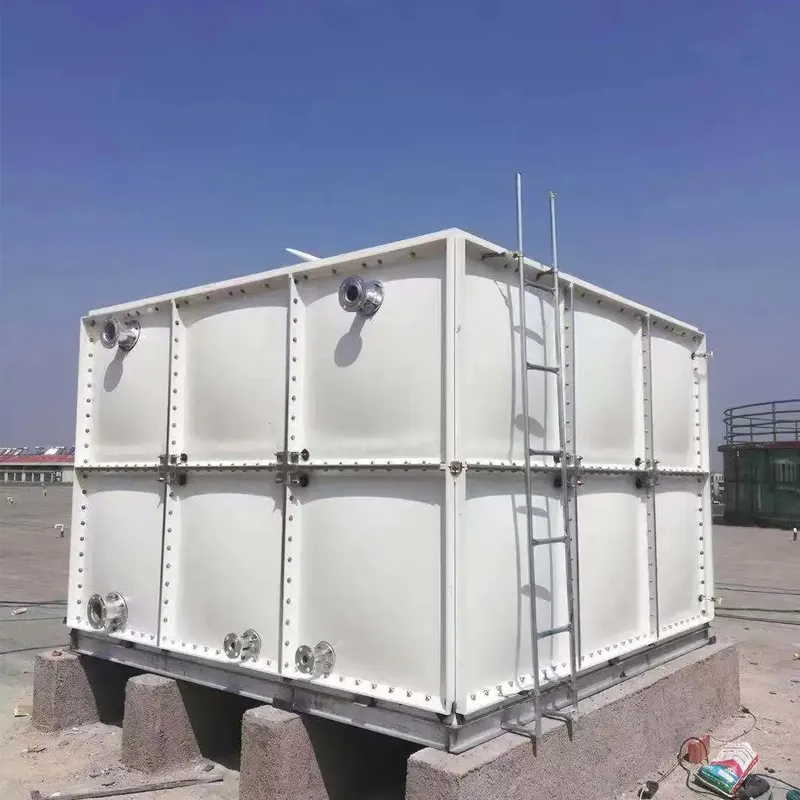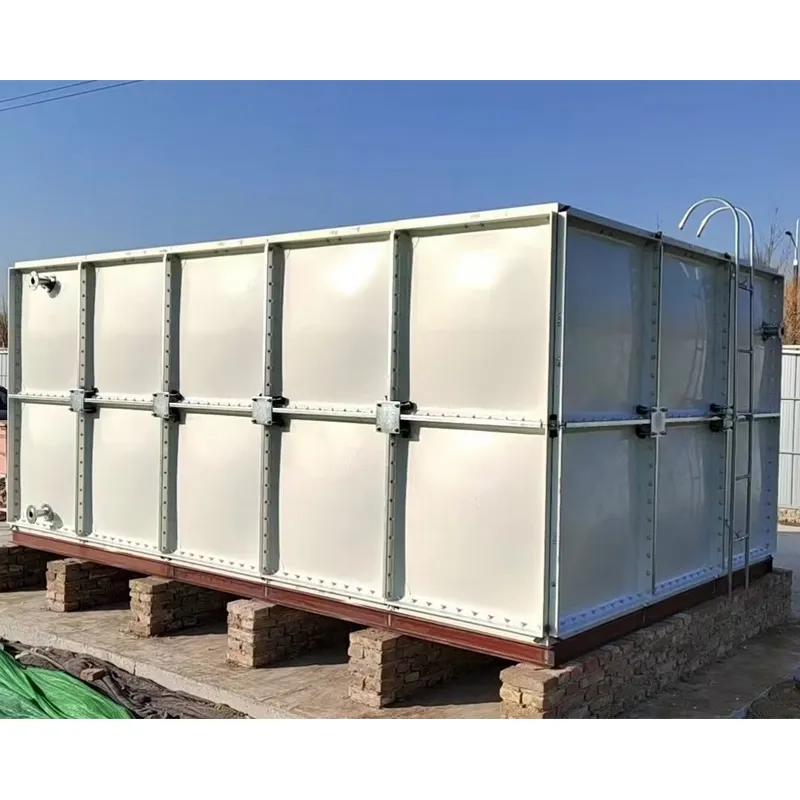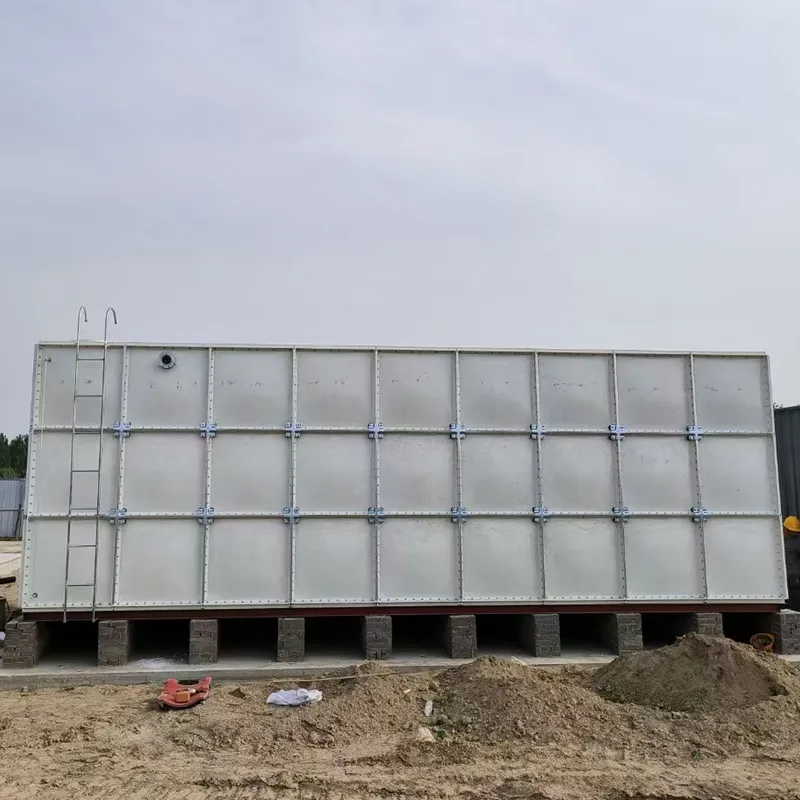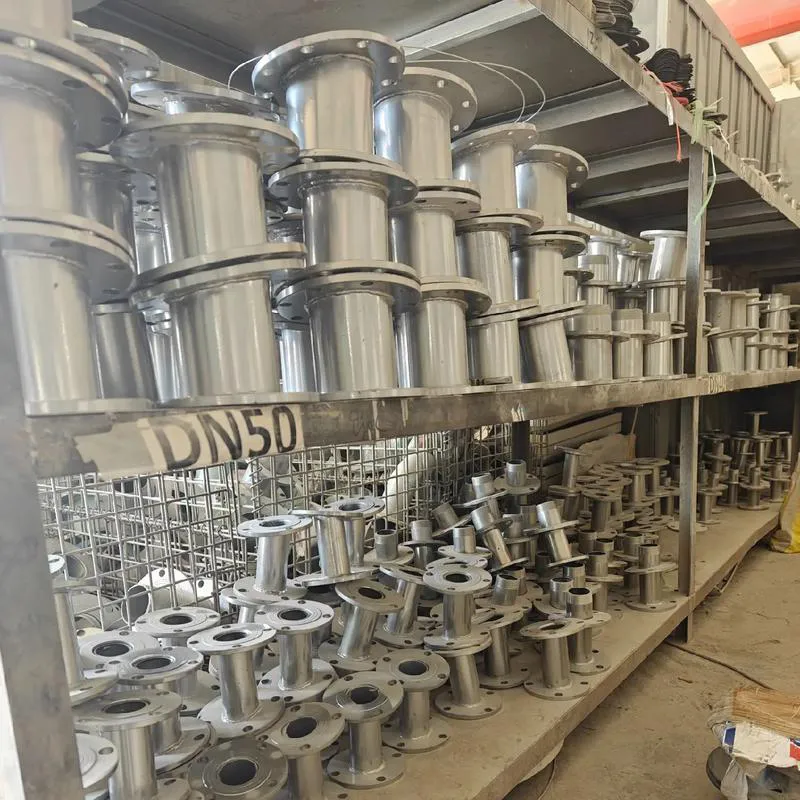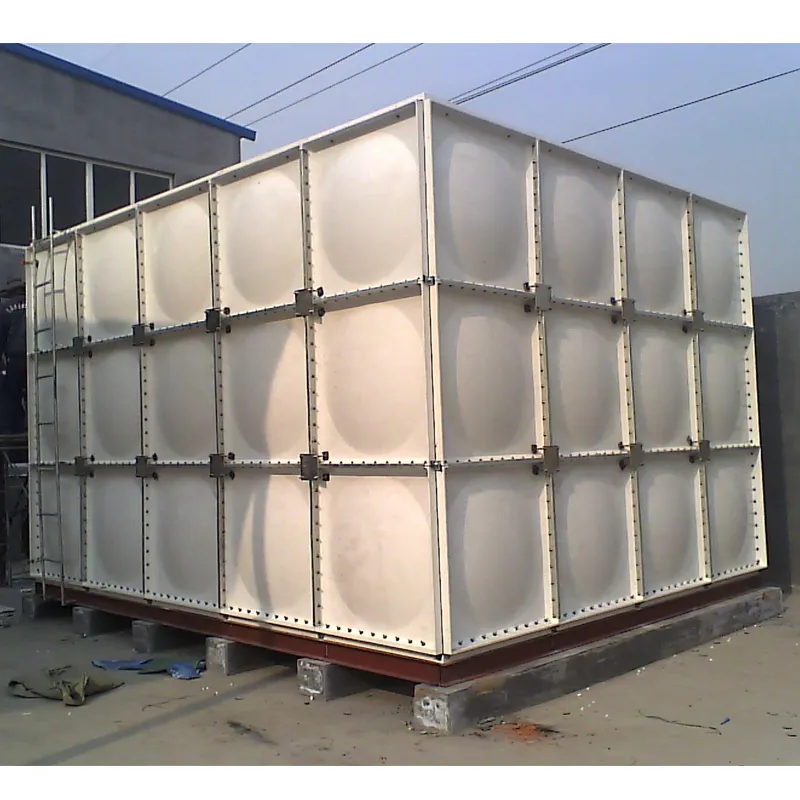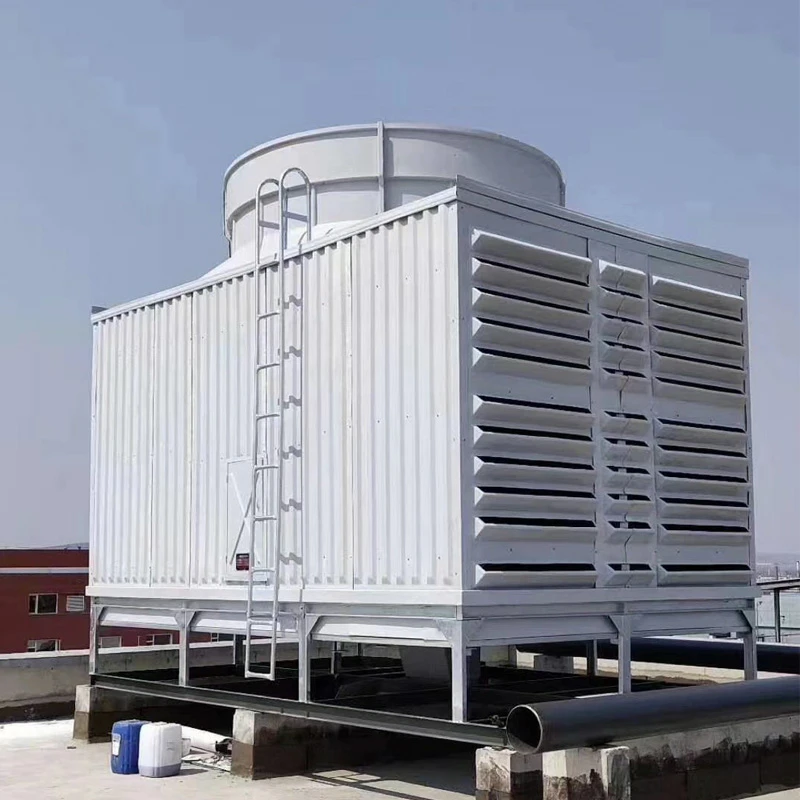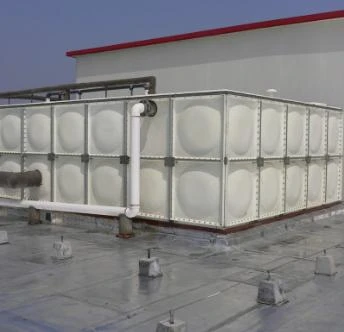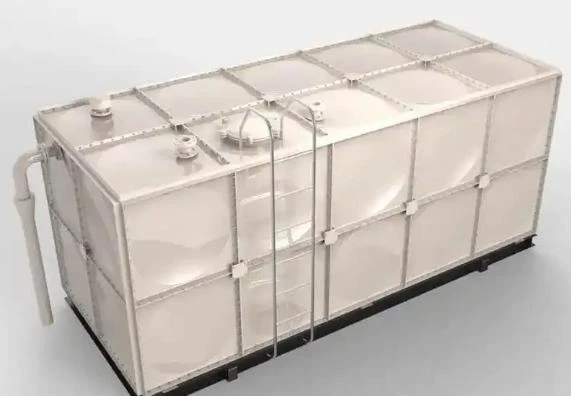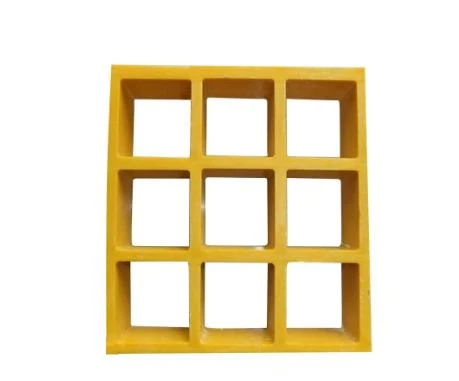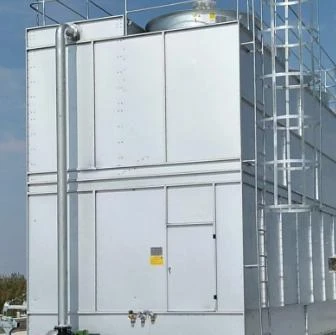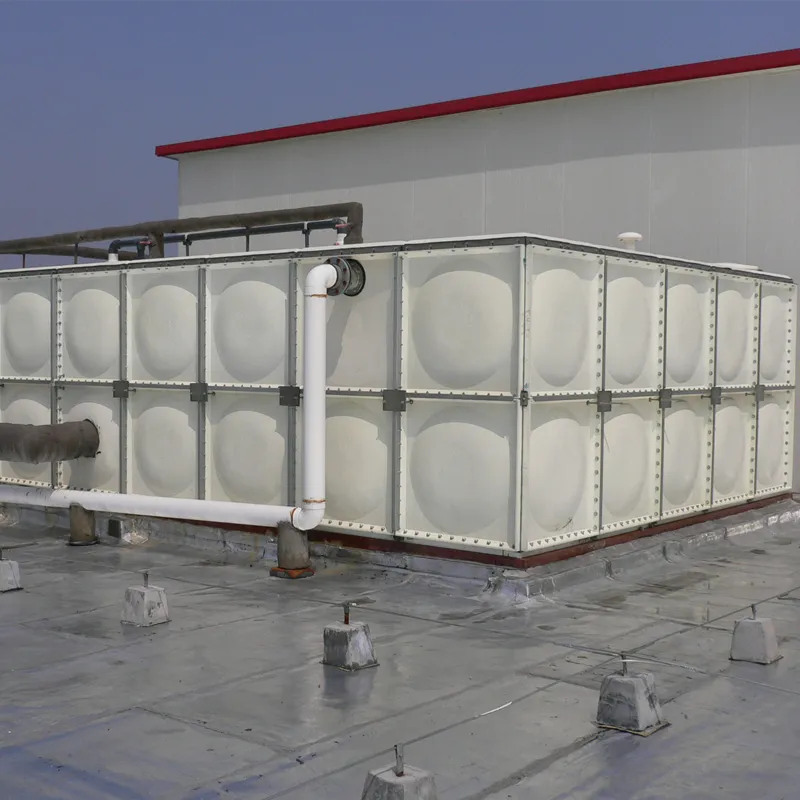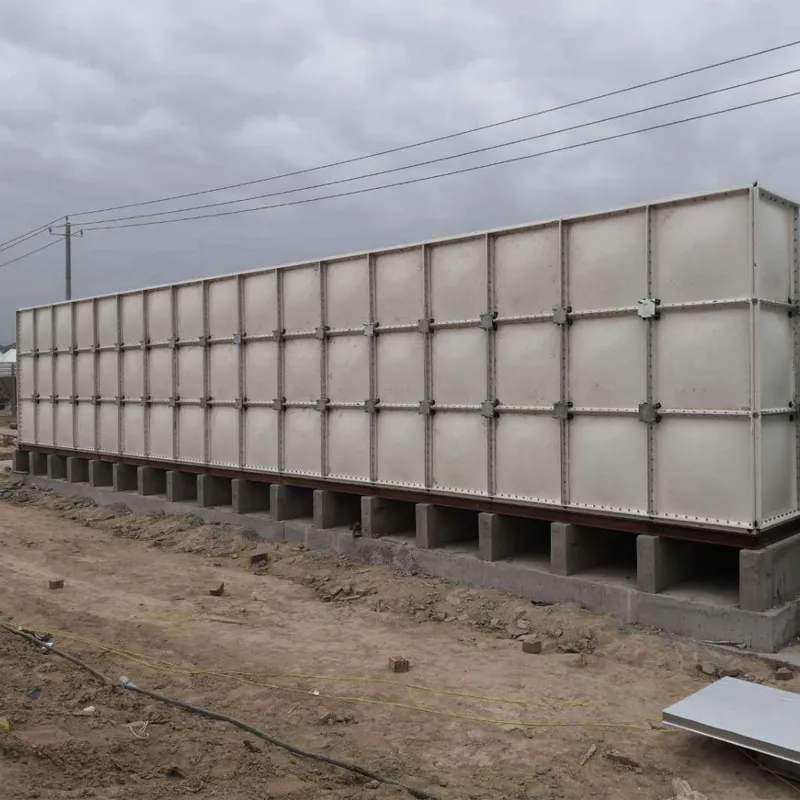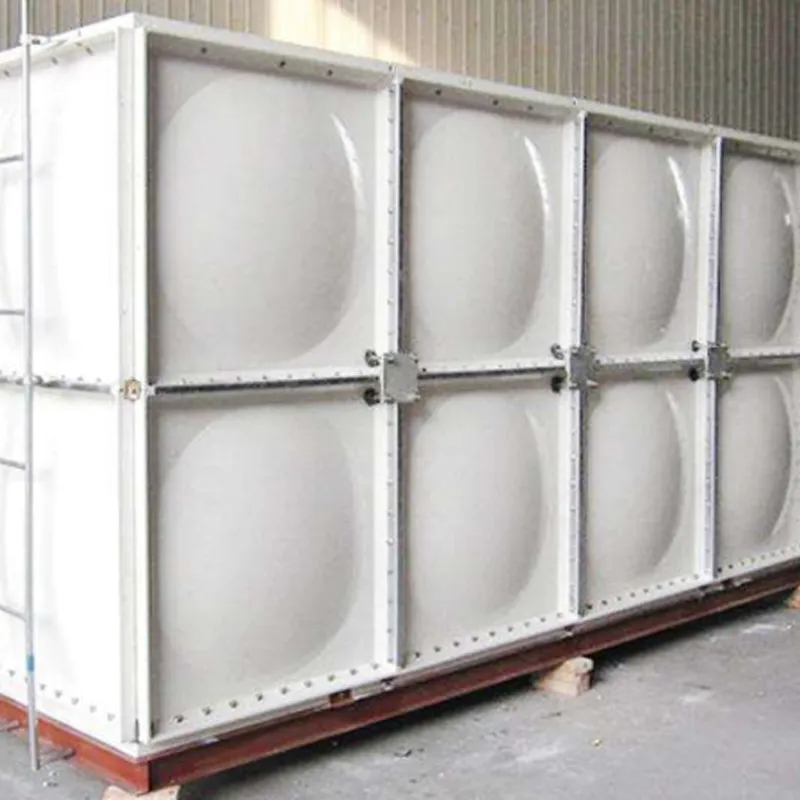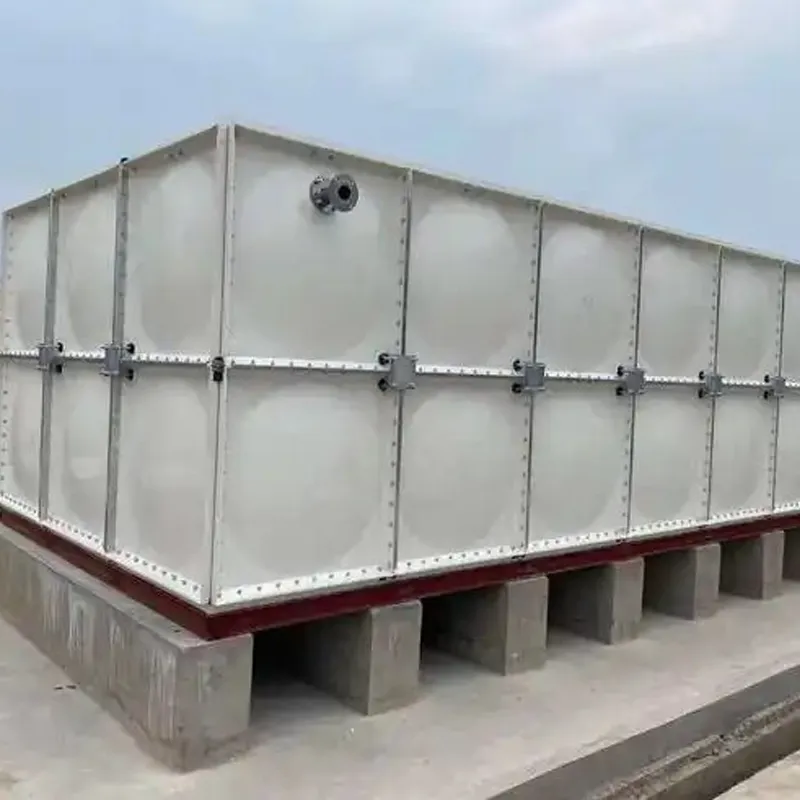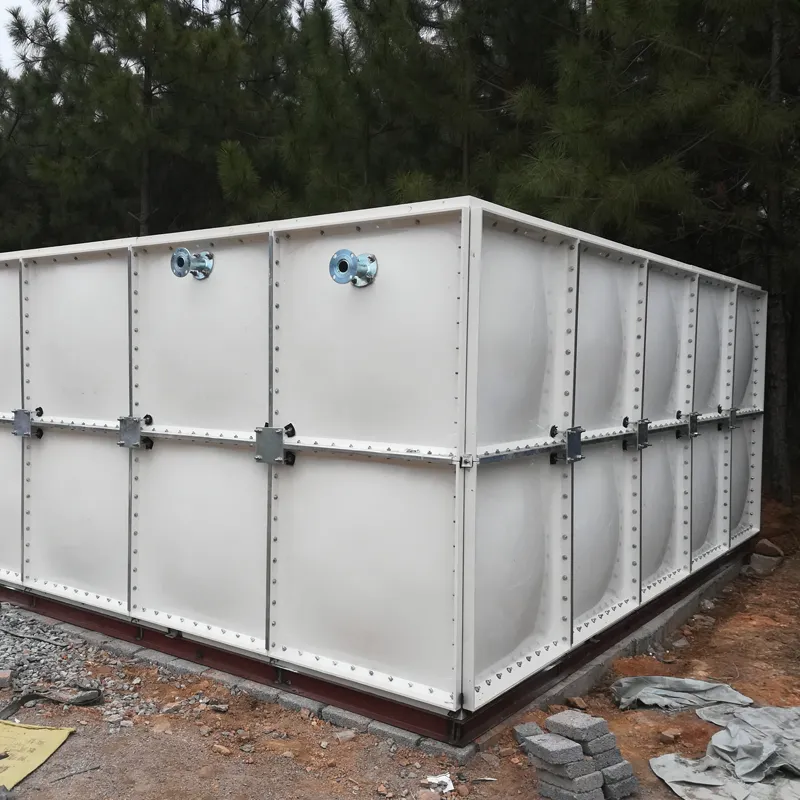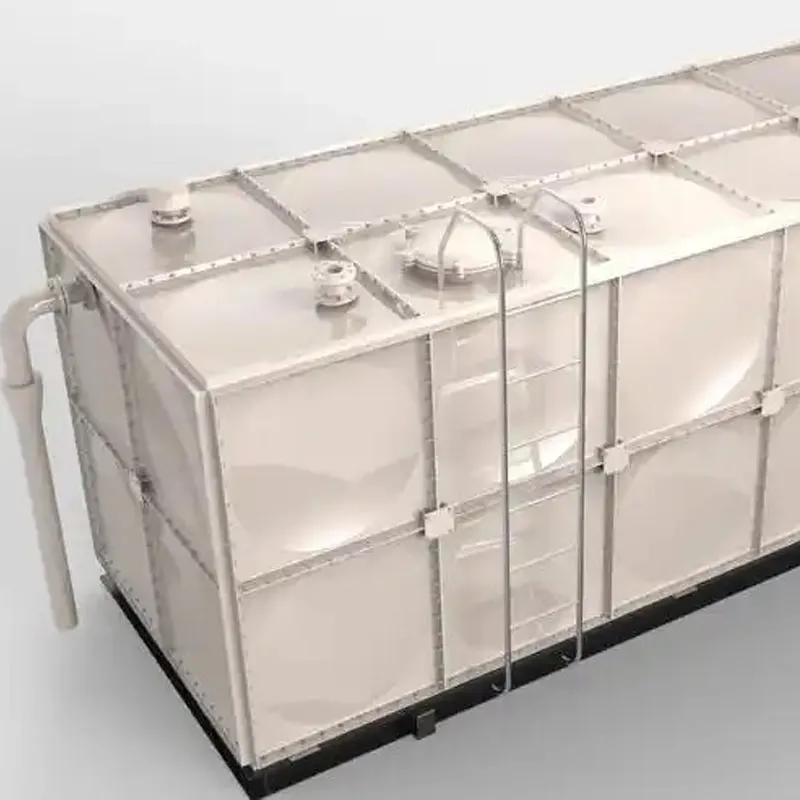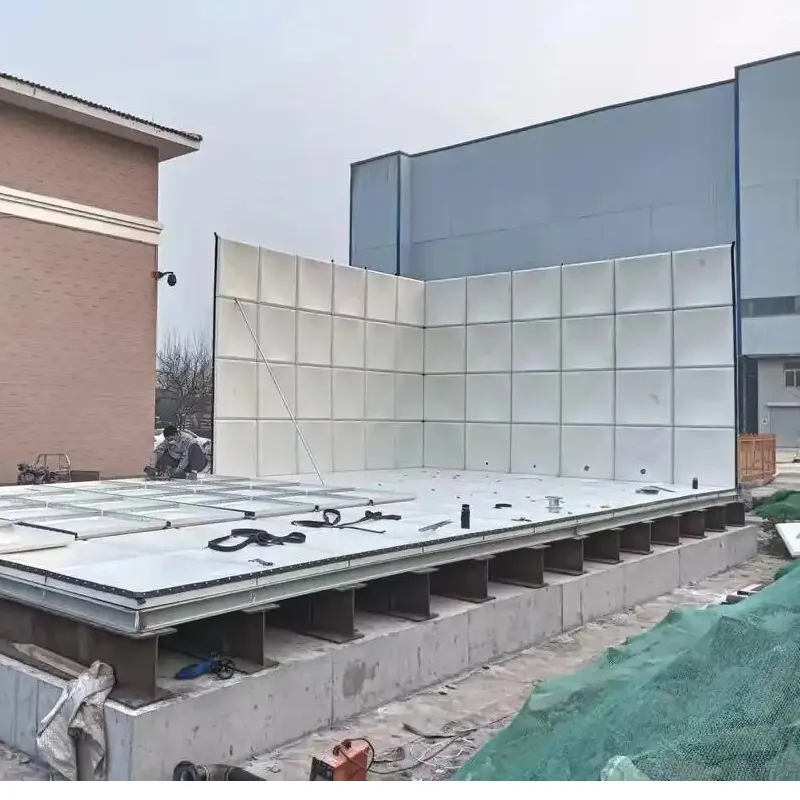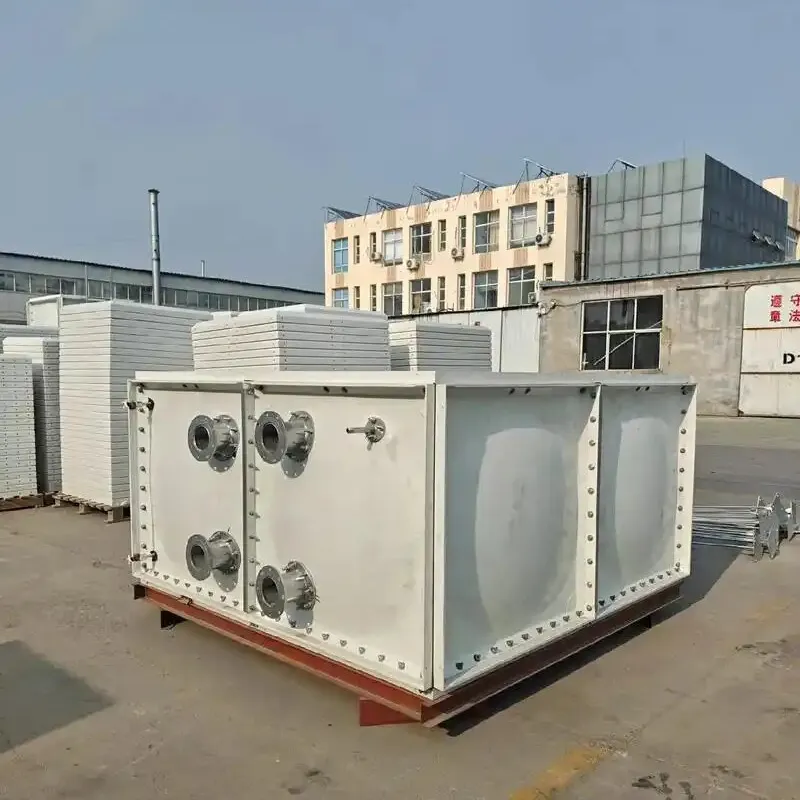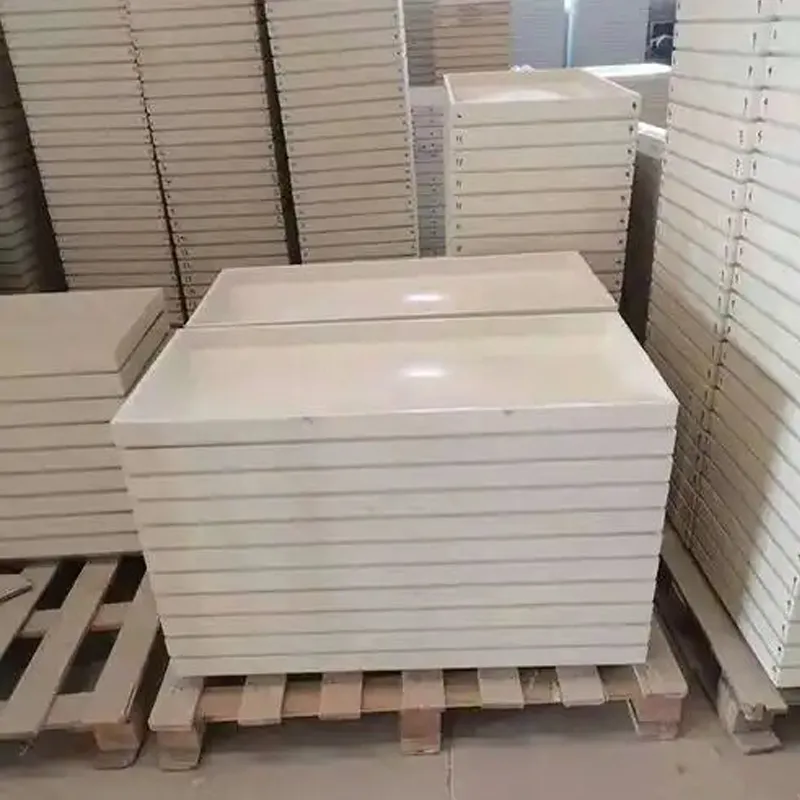

We Are Open 24 Hours a Day, 7 Days a Week, Including Weekends and Public Holidays.
Advantages of Enamel Water Tanks
Enamel water tanks, also known as vitreous enamel-coated steel tanks, are widely recognized for their superior performance in water storage and management. Below are their key advantages in detail:
1. Corrosion and Chemical Resistance
The enamel coating acts as a protective layer, preventing direct contact between water and the steel substrate. This makes the tanks highly resistant to rust, corrosion, and chemical reactions** from acids, alkalis, or salts. The enamel layer (formed by high-temperature sintering) bonds tightly with the steel, creating a diffusion layer of 200–300 microns that enhances adhesion and durability.
2. Hygienic and Safe Water Storage
Smooth Interior Surface: The enamel layer is non-porous and smooth, preventing algae growth, sediment buildup, and bacterial contamination.
Compliance with Standards: Enamel tanks meet strict sanitary requirements for potable water storage, ensuring compliance with drinking water regulations (e.g., GB5749-85 in China).
3. Structural Strength and Durability
Robust Design: The steel framework combined with enamel coating provides **excellent mechanical strength, resisting deformation, seismic activity, and impact.
Long Lifespan: Properly maintained enamel tanks can last decades, outperforming alternatives like plastic or concrete tanks.
4. Thermal and Environmental Adaptability
Heat Resistance: Suitable for storing hot water (up to 80°C) without degradation, thanks to the enamel’s thermal stability.
UV and Weather Resistance: The coating protects against UV radiation and extreme weather conditions, making them ideal for outdoor use.
5. Modular and Flexible Installation
Customizable Sizes: Enamel tanks are assembled from prefabricated steel panels, allowing customization in shape and capacity (e.g., 1m×1m modules).
Easy Assembly: Lightweight panels simplify transportation and on-site installation, even in constrained spaces.
6. Low Maintenance and Cost-Effectiveness
Minimal Upkeep: The smooth surface is easy to clean, and the corrosion-resistant coating reduces maintenance needs.
Eco-Friendly: Steel and enamel materials are recyclable, supporting sustainable water management practices.
7. Versatile Applications
Enamel tanks are widely used in:
Residential and commercial buildings for potable water storage.
Industrial settings (e.g., chemical storage, fire protection systems).
Renovation projects due to their compatibility with existing infrastructure.
結論
Enamel water tanks excel in durability, safety, and adaptability, making them a premier choice for reliable water storage. Their combination of advanced materials and modular design ensures long-term performance across diverse environments. For technical specifications and installation guidelines, refer to industry standards and manufacturer documentation
お客様の声
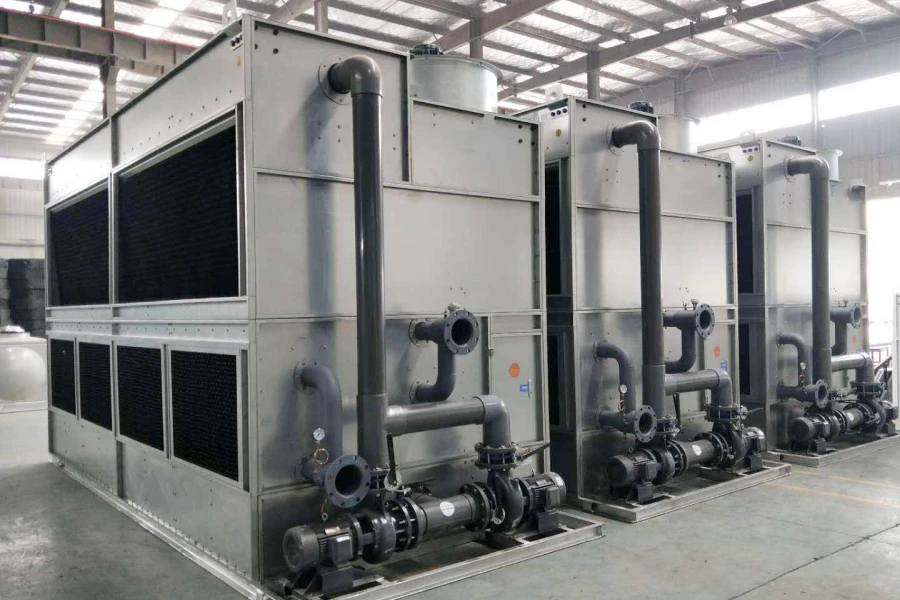 /home/www/wwwroot/HTML/www.exportstart.com/wp-content/themes/1344/article-products.php on line 375
/home/www/wwwroot/HTML/www.exportstart.com/wp-content/themes/1344/article-products.php on line 375Warning: Trying to access array offset on value of type null in /home/www/wwwroot/HTML/www.exportstart.com/wp-content/themes/1344/article-products.php on line 375
" title="
Warning: Undefined array key "array_faq_common_pro_List_title" in /home/www/wwwroot/HTML/www.exportstart.com/wp-content/themes/1344/article-products.php on line 375
Warning: Trying to access array offset on value of type null in /home/www/wwwroot/HTML/www.exportstart.com/wp-content/themes/1344/article-products.php on line 375
">

エンジニアリング仕様、産業調達、技術文書向けに構成された、FRP (グラスファイバー強化プラスチック) タンクの専門的な英語の技術紹介を以下に示します。
FRPタンク技術紹介
- 1.概要
FRP(グラスファイバー強化プラスチック)タンクは、ガラス繊維強化材と熱硬化性樹脂(ポリエステル、ビニルエステル、エポキシ樹脂など)を組み合わせて製造される複合貯蔵容器です。耐腐食性、軽量設計、カスタマイズ可能な構成で高い評価を得ているFRPタンクは、耐久性の高い化学薬品貯蔵、水処理、産業プロセスソリューションを必要とする業界で広く使用されています。
- 2.構造と製造
2.1 階層構造
層 材質/機能 内層:耐薬品性/耐摩耗性を高める添加剤(グラファイトやベールなど)を配合した樹脂を豊富に含む層。構造壁:ガラス繊維マット/織物ロービング+樹脂マトリックス(ハンドレイアップまたはフィラメントワインディング)。外層:耐候性および機械的保護のためのUV耐性ゲルコートまたは樹脂。
2.2 製造プロセス
フィラメントワインディング: 均一な強度を実現する自動ファイバーワインディング (円筒形タンクに最適)。
ハンド レイアップ: 複雑な形状 (円錐形または長方形のタンクの例) を手動でレイヤリングします。
スプレーアップ: 重要でない用途向けの迅速な生産 (構造の一貫性が制限されます)。
- 3.主な利点
機能 利点 耐腐食性 酸、アルカリ、溶剤、塩に耐性があります (pH 範囲: 1 ~ 14)。
高強度 引張強度は最大 300 MPa、重量は 1/4 で鋼鉄に匹敵します。
カスタマイズ可能な設計 標準以外の形状、継手、取り付け構成に適応できます。
メンテナンスの手間が少なく、錆やコーティング、陰極保護が不要で、寿命は 30 年以上です。
断熱性 熱伝導率が低い (0.04~0.06 W/m·K) ため、熱伝達が最小限に抑えられます。
- 4.技術仕様
4.1 標準パラメータ
容量:100L~500,000L(カスタマイズ可能)。
圧力定格: 大気圧から 10 bar (特別設計では最大 25 bar)。
温度範囲: -50°C ~ 120°C (ビニルエステル樹脂)、エポキシの場合はさらに高くなります。
壁の厚さ: 6~25 mm (直径と圧力要件によって異なります)。
4.2 一般的な構成
縦型・円筒型:汎用保管庫(薬品、水)用。
水平: 燃料または液体のバルク取り扱い用の輸送可能なタンク。
地下: 燃料または廃水貯蔵用の漏れ防止設計。
- 5.アプリケーション
業界別ユースケース:化学処理:HCl、H₂SO₄、NaOH、有機溶剤の貯蔵。水処理:塩素、ミョウバン、塩水の貯蔵、ROシステム容器。石油・ガス:燃料貯蔵、生産水タンク、沖合塩水封じ込め。
食品および飲料 酢、ジュース、食用油用の FDA 準拠タンク。
- 6.規格と認証
ASTM D4097: 接触成形 FRP タンクの規格。
ASME RTP-1: 強化熱硬化性プラスチック耐腐食性機器。
NSF/ANSI 61: 飲料水接触に関する認証。
EN 13121: 地下貯蔵用の GRP タンクおよび容器。
- 7.代替材料との比較
パラメータ FRP ステンレス鋼 ポリエチレン (PE) 耐食性 非常に優れている (幅広い化学適合性) 中程度 (グレードによる) 限定的 (有機物の影響を受けやすい) 重量 1.8–2.0 g/cm³ 7.9–8.0 g/cm³ 0.95–0.98 g/cm³ 設置コスト 低い (プレハブモジュール) 高い (溶接/コーティング) 中程度 寿命 30年以上 15–25年 10–20年
- 8.設置とメンテナンス
基礎: 平らな鉄筋コンクリート基礎(耐荷重はタンク重量の 1.5 倍以上)を確保します。
アンカー: 地震や嵐が発生しやすい地域ではステンレススチール製のストラップを使用します。
検査:
年次: 表面のひび割れ、ジョイントの完全性、ライナーの摩耗を確認します。
5 年: 圧力容器の水圧試験。
- 9.コスト分析
初期コスト: PE タンクより 20 ~ 40% 高くなりますが、ステンレス鋼より 50 ~ 70% 低くなります。
ライフサイクル コスト: 腐食メンテナンスが不要なため、20 年間で 30 ~ 50% の節約になります。
- 10.主要メーカー
ZCL Composites(カナダ):燃料貯蔵用の二重壁 FRP タンクを専門としています。
液体収容(米国):水処理用の NSF 認定タンク。
Belco Manufacturing (米国): 化学処理用のカスタム FRP 容器。
結論
FRPタンクは、腐食性物質や高純度物質の貯蔵用途において、比類のない耐久性とコスト効率を提供します。FRPタンクを選定する際は、貯蔵物質との樹脂の適合性を最優先し、地震荷重に対する構造計算を検証し、業界標準(例:ASME RTP-1)に準拠してください。腐食性の高い化学物質(例:フッ酸)については、PVDFやPTFEなどの特殊なライナー材についてメーカーにご相談ください。
詳細な見積書や設計図が必要な場合は、動作パラメータ(化学組成、温度、容量)とサイト固有の要件をご提供ください。
樹脂の選択、既存システムの改造、または故障事例研究に関する追加の詳細が必要な場合はお知らせください。
FRP製水タンクに関するお客様の声
FRP水タンクに関するよくある質問
-
Q: FRP水槽とは何ですか?
A: FRP 水タンクは、グラスファイバー強化プラスチックで作られた貯水タンクで、飲料水と非飲料水の両方を貯水するように設計されています。
-
Q: FRP製水槽を使用するメリットは何ですか?
A: FRP 製水タンクは耐腐食性があり、軽量で、メンテナンスが最小限で長寿命です。
-
Q: FRP 水槽は一般的にどこで使用されますか?
A: 工業用水貯蔵、農業、都市水道システムに使用されます。
-
Q: FRP 製の水タンクは他のタイプの水タンクと比べてどうですか?
A: FRP 製の水タンクは、スチール製やコンクリート製のタンクに比べて、耐久性、耐薬品性、長期的なコスト効率に優れています。







住所
中国河北省衡水市棗強県興源南街20号








